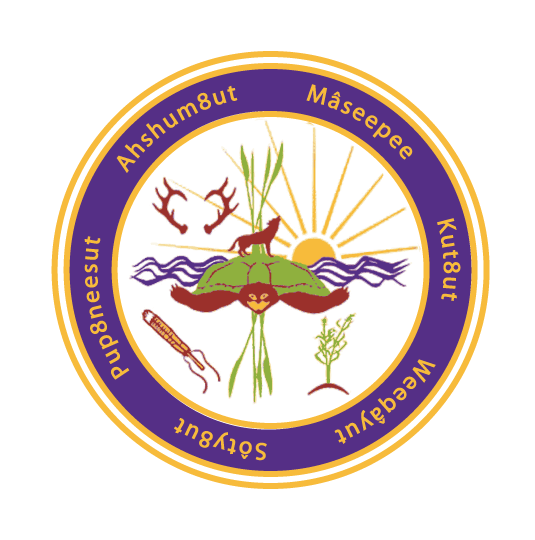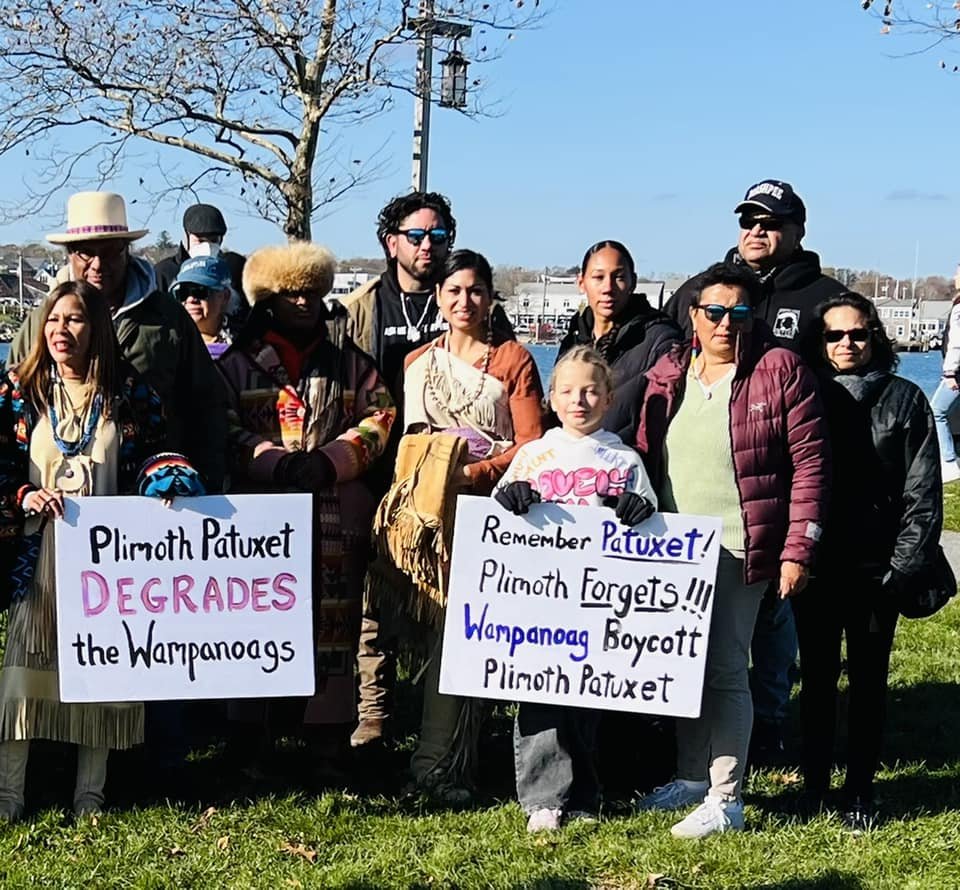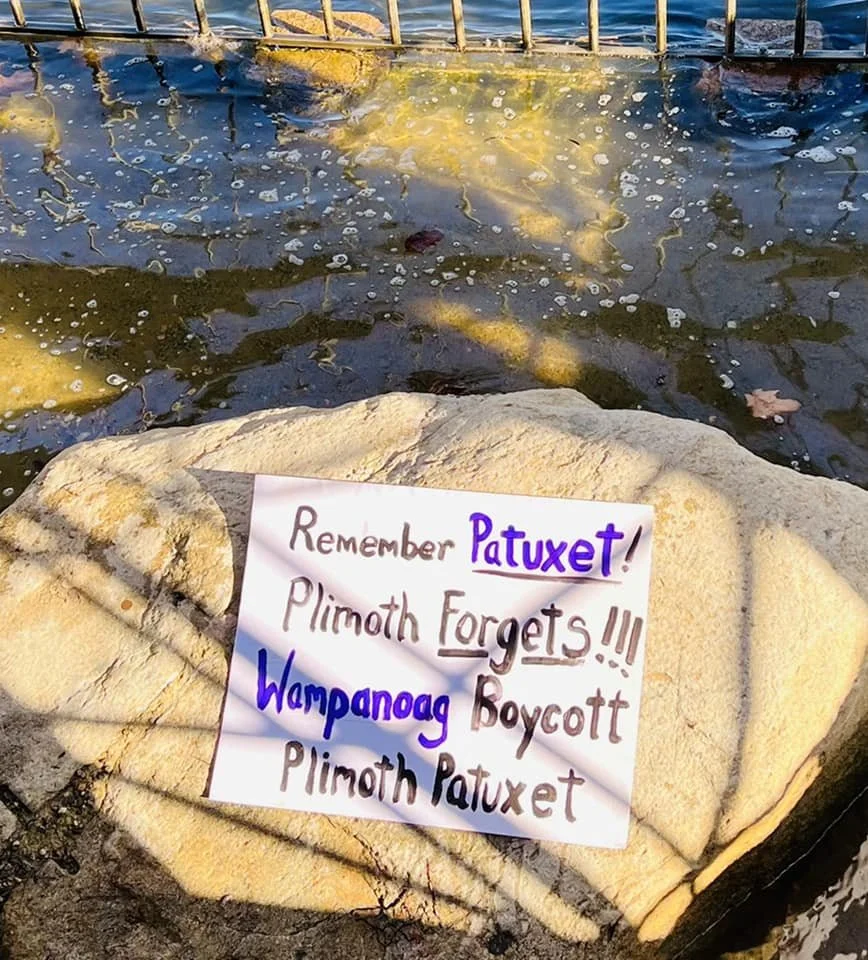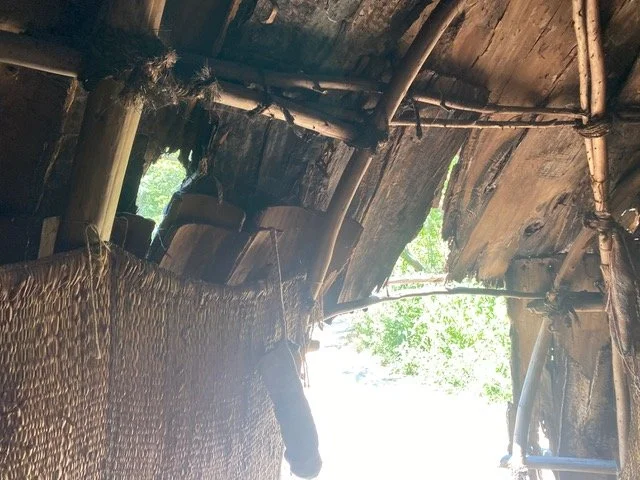The Plimoth Patuxet Museums promise visitors an illuminating bicultural experience, bringing to life “the history of Plymouth Colony and the Indigenous homeland” through interpreters in period dress and re-created settlements of the Pilgrims and their Wampanoag neighbors.
But trouble appears to be brewing between the museums and the tribe, with some Wampanoag members calling for a boycott of the 75-year-old site, formerly known as Plimoth Plantation, amid long-festering concerns about Native American staffing, upkeep of the outdoor Wampanoag exhibit, and input into museum operations.
“You can talk a good game, but your talk is only as good as your actions,” said Camille Madison, a member of the Wampanoag Tribe of Gay Head, a branch based on Martha’s Vineyard. “Their theory is great, but their practice is horrible.”
The Wampanoags’ dissatisfaction has been building for a decade, members say, but some believe a recent occupation of Wampanoag mats and skins from the museum might be a sign of renewed tensions.
“If there hadn’t been a breakdown of relationships, that’s not something that would have happened because the people who were there, the native folks, care about the place and would have protected it,” said Casey Figueroa, a former manager at the Wampanoag site where the items that were taken had been displayed.
“I’m not saying it’s justified, but I can definitely see why it happened,” said Figueroa, who worked at the museum between 1990 and 2015 and traces his Indigenous ancestry to Mexico.
Ellie Donovan, executive director at Plimoth Patuxet, did not respond to a request for an interview.
However, in a September statement posted on their website, the museums lashed out at the proposed boycott, citing “allegation-filled articles and defamatory comments” in the local media and social media.
“In the wake of the pandemic that resulted in reduced revenue, understaffing, and other challenges, we are working hard to build back every facet of the museum’s programs and exhibits,” part of the lengthy statement read.
The Museum valued the bulrush mats, which were hand-woven by Wampanoag members, and bearskins that were taken at $10,000. The items were shipped to a Plymouth police detective three weeks after they were reported missing.
The museum’s assertions that it values the importance of the Wampanoag exhibit were dismissed by several tribal members who have worked at the site. There’s only one Wampanoag who works there now, they said, compared with 20 or more a dozen years ago.
“What was there before, I could easily call a world-class living-history exhibit. I wouldn’t be able to say that about it today,” said Paula Peters, a member of the Mashpee Wampanoag tribe who worked as a college intern at the museum in the 1970s, became director of marketing in the mid-2000s, and left in 2011.
“I visited in October, and it was deplorable,” she said. “There was one wetu that had many, many holes in the bark covering. There was another wetu with just a frame, and the frame was broken. It looked very ramshackle, and it looked abandoned if not for the two interpreters who were there.”
“It was really shocking,” Peters added. “I saw evidence of debris that was visible” from the area near the wetu, including “a plastic tarp thrown in the wooded area. The garden was not being sufficiently tended. The museum had always prided itself on being bicultural.”
The museum, founded in 1947, changed its title to Plimoth Patuxet in 2020 to reflect the Wampanoag who lived there when the Pilgrims landed in 1620. The Patuxet, a band of the Wampanoag confederation, became decimated by infectious diseases, much of which had been transmitted by earlier English explorers.
A Mashpee tribal member who asked not to be identified said the museum has tried to downplay the Wampanoag side of the Pilgrim story.
“I remember being told that people didn’t want to hear the tough history that the Indians had experienced and this sort of thing,” the tribal member said. “From our experience, people did want to hear that, and to this day the desire has increased. It’s not about bashing Pilgrims. It’s got nothing to do with that.”
Wampanoag and museum officials are hoping to meet in the near future to discuss the tribe’s concerns. Much fence-mending will be required to repair a relationship that has frayed badly over the last decade, said Paula Peters, the former museum official.
“They need to be able to regain the trust of the community because they need the expertise of the Wampanoag weavers and Wampanoag wetu makers and the people who built that program,” she said.
“How are they going to maintain that exhibit in the manner in which it had been maintained and the manner in which we can be prideful about? How are they going to do that without the support of the Wampanoag community at large?” she asked.
Until satisfactory answers are received, Peters said, the call for a boycott will stand.
“The exhibit doesn’t portray us in the proud manner that we know we can be portrayed,” Peters said. “We won’t go.”





